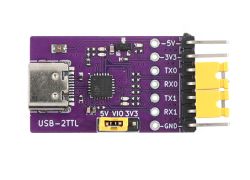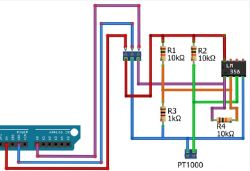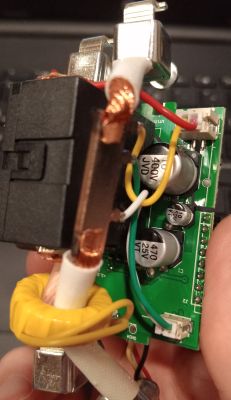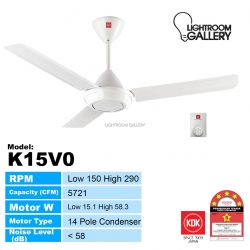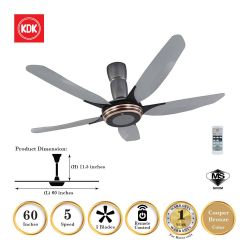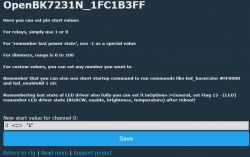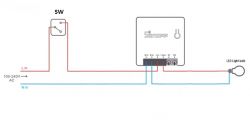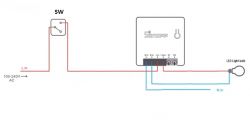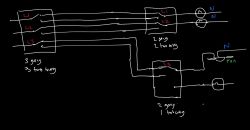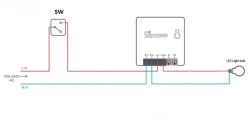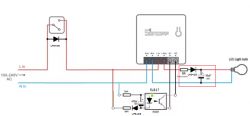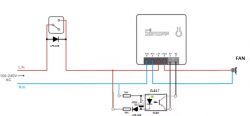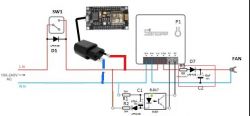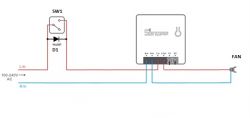ferbulous wrote:@spin55 thanks for the successful test & the working diagram!
I think I’ll move to using cables this time instead of pcb and redo this again
Thank you for the links to those interesting videos.
p.kaczmarek2 wrote:@spin55 very good job, you should post it separately to Smart Home Tutorials section with a better description (in a form of tutorial) and get a free gift:
Thanks. I'll try but I don't promise you anything. My wife threatens me with divorce every time I take over the kitchen room to take videos or photos.
Regards



